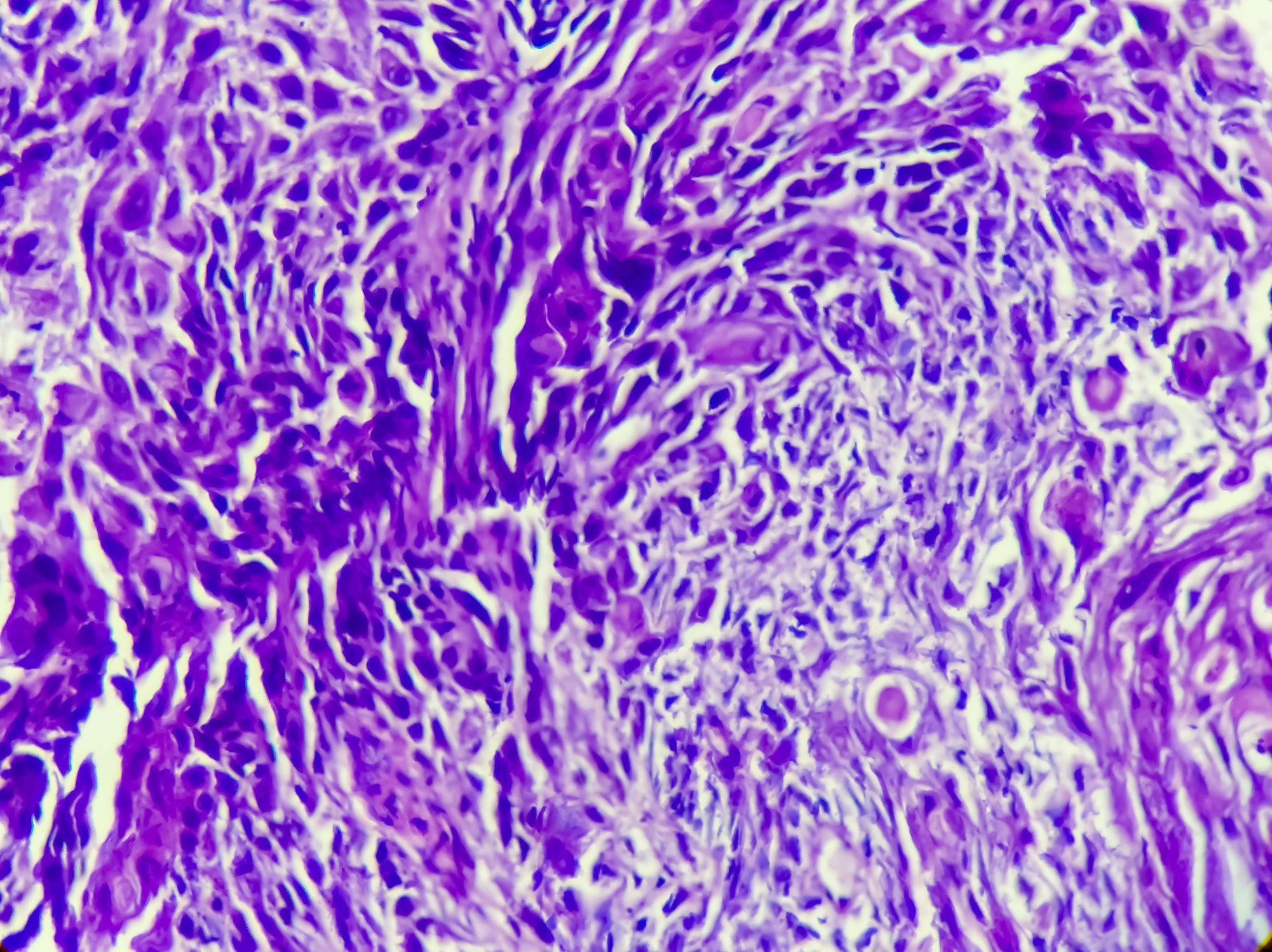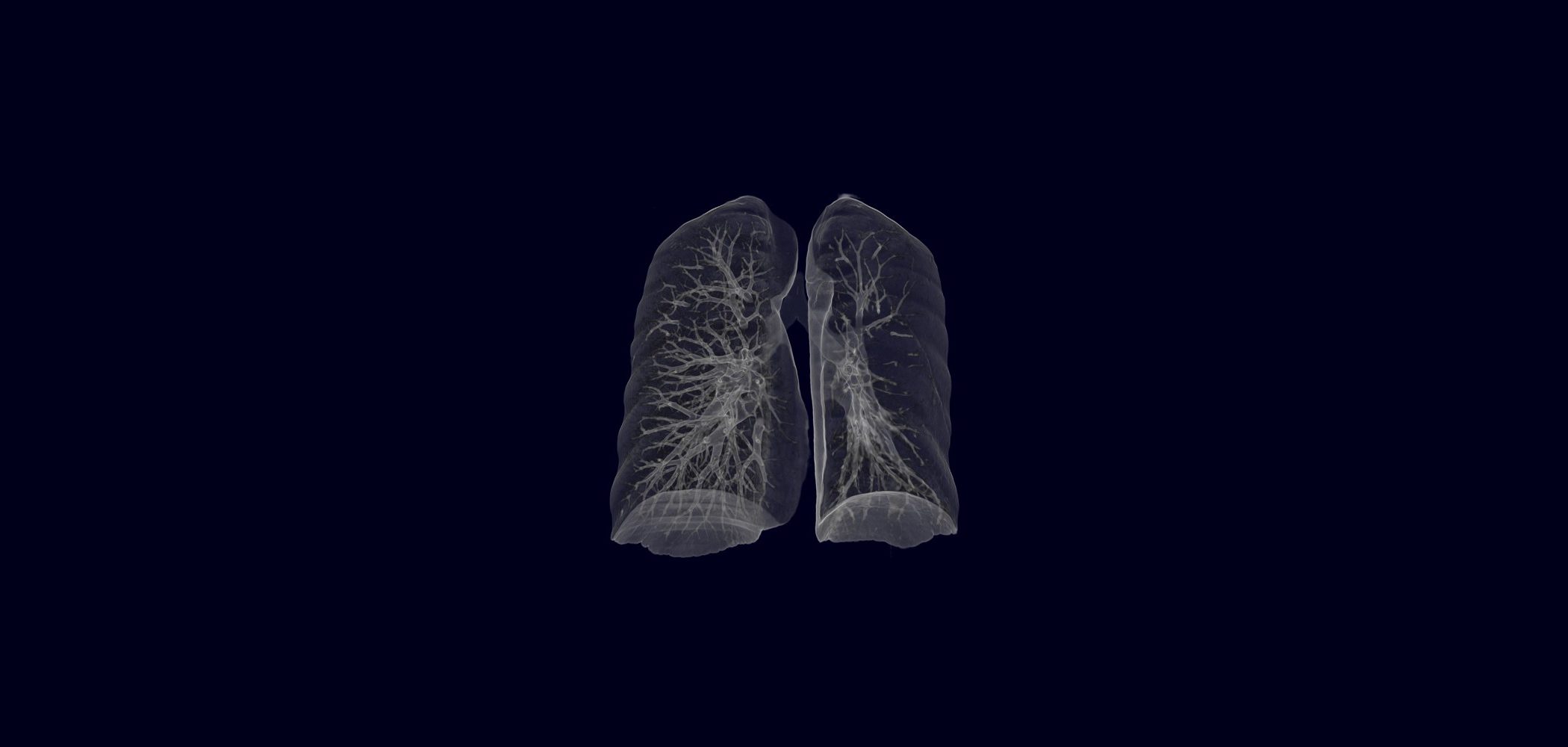Three interesting studies were presented at the European Lung Cancer Conference in Geneva. Two were dedicated to the group of NSCLC patients with an EGFR-activating mutation. Can erlotinib neoadjuvant achieve similar down-staging and sizing as induction chemotherapy? And is sufficient attention paid to the patient’s mutation profile in palliative therapy selection? The third study addressed the use of “melanoma drugs” in the much rarer lung adenocarcinomas with BRAF mutations.
The erlotinib trial enrolled 25 treatment-naïve patients with stage IIIA-N2 non-small cell lung cancer (NSCLC). All had an EGFR-activating mutation in exon 19 or 21 and an ECOG performance status of grade 1. NSCLC stage IIIA-N2 had been confirmed by endobronchial ultrasound. The single-arm phase II trial aimed to evaluate the efficacy and safety of erlotinib at an oral dose of 150 mg/d for 56 days as neoadjuvant treatment. In this population, is erlotinib induction therapy similarly effective to induction chemotherapy in terms of down staging and sizing?
The primary endpoint was the rate of radical resections. Only patients who showed benefit from erlotinib therapy and whose tumors were resectable after the neoadjuvant phase were operated on. Secondary endpoints of the study included objective response rate, disease-free survival (DFS), and pathological complete response (pCR).
Resection rate of 60%
Of the 25 patients included, 32% responded to erlotinib therapy. The disease control rate (DCR) was 76%. 16 patients underwent resection, meaning their tumors were evaluated as resectable – in 15, R0 resection could be performed. Thus, the primary endpoint, radical resection rate, was 60% (15/25). The pCR was 6.3% in the surgery group.
After surgery, patients underwent long-term follow-up. They underwent quarterly CT scans for two years. Median postoperative DFS was 10.4 months and progression-free survival was 7.9 months. Overall survival data were not yet available. EGFR mutation status remained the same before and after surgery in most patients. Only in three cases did an exon 19 deletion switch to an EGFR wild type.
Overall, there were few adverse events after erlotinib treatment, most of mild severity. Seven patients (28%), showed rash (grade I-II) after erlotinib therapy and one person suffered from grade I diarrhea. One patient with hepatitis as additional disease had grade IV abnormal liver function, and another suffered a cerebral infarction during neoadjuvant erlotinib therapy.
Based on tolerable toxicity (except for the one severe case) and good disease control, erolitinib appears to be a reasonable option for neoadjuvant therapy of IIIA-N2 NSCLC. The majority of tumors were subsequently resectable, and patients were able to undergo surgery.
However, some experts at the congress noted that the survival data to date (PFS and DFS) were not yet convincing. In addition, the majority of patients did not receive the usual four cycles of adjuvant chemotherapy, which precludes any informative comparison with standard treatment. Further studies in phase III are therefore indicated.
Anti-EGFR treatment is often started prior to test results
Since the introduction of targeted EGFR tyrosine kinase inhibitors, which are only effective in lung cancers with specific mutations in the EGFR gene, appropriate diagnostic genetic testing has been performed. To be tested are in principle all NSCLC patients with non-plate epithelial histology who are sufficiently fit for treatment of advanced tumor. The analysis must be performed in a timely manner so as not to delay the choice of first-line therapy. Failure to conduct early genetic analysis will, at worst, worsen the patient’s outcome by potentially depriving them of access to a specific therapy that offers a survival advantage.
Recently, there have been anecdotal reports that the necessary testing for mutational status in lung cancer patients leaves much to be desired. The required examinations do not always seem to be fully performed. On the one hand, it is normal that therapeutic innovations find their way into clinical practice at different rates globally. However, the insufficient implementation of genetic testing is probably also due to the fact that for many institutions this innovation represented a significant departure from traditional pathology, which previously consisted primarily of microscopic examinations of tumor tissue. Knowledge and skills in molecular pathology had to be consolidated and disseminated universally.
A team from King’s College in London wanted to find out for sure and launched an online survey involving 562 oncologists from 10 countries, including North American, European and Asian. This gave the researchers a real-world view of current clinical practice. This looks as follows:
- Testing was requested in 81% of stage IIIb/IV NSCLC patients prior to initiation of first-line therapy.
- In 77% of cases, the test result was available at the time of initiation of first-line therapy (with significant differences across countries: France 51%, Japan 89%). In the remaining 23%, the result was not yet available and therapy was nevertheless initiated.
- 80% of patients with mutations were treated with tyrosine kinase inhibitors. Again, there was a wide range from 60% in Canada to 91% in Taiwan.
- Only 49% of oncologists reported that mutation status influenced their choice of therapy (including that of the specific inhibitor).
So, on the one hand, it shows that not all patients whose mutation status should have been tested actually underwent testing. Second, in one of four patients tested (23%), the results were not awaited and therefore EGFR status was not considered in treatment selection. Moreover, paradoxically, there were cases in which test results were already available, but the decision whether to use an EGFR inhibitor or chemotherapy in first-line therapy was still made without clear reference to the mutation analysis.
Why are the results of EGFR mutation analyses ignored?
The study raises questions, especially since the results cannot be explained solely by differences in treatment practices across countries (although there were, of course, large differences internationally). Admittedly, this is a survey and not an observation, which limits the significance somewhat. Nevertheless, there seems to be a need for action. So what are the problems with EGFR mutation analysis or why do many individuals with EGFR mutations continue to receive first-line chemotherapy? Finally, it has only recently been shown that therapy with a tyrosine kinase inhibitor matching the specific mutation profile provides a relevant survival benefit.
Some respondents indicated that waiting for test results simply took too much time. In addition, the poor performance status was cited as a cause; this was mainly responsible for no testing in Europe and North America. Furthermore, the fabric had been partially insufficient. One solution to the above problems would be better data knowledge and greater confidence in the use of EGFR inhibitors and multidisciplinary oncology teams. Timely delivery of test results could also be made possible with relative ease.
BRAF inhibitors effective in lung cancer?
Approximately 2% of lung adenocarcinomas have a BRAF mutation. Are the BRAF inhibitors vemurafenib and dabrafenib, which are not approved in this indication and are otherwise used in multipem melanoma, possibly effective here? A retrospective multicenter cohort study now shows that a benefit may well result. The tumors of the 35 individuals studied showed specific mutations in the BRAF gene (83% BRAF V600E, 17% other BRAF mutations). In all cases, therapy with a BRAF inhibitor (majority vemurafenib) took place outside of a clinical trial. This was not least because most of the patients had been pre-treated and were not eligible for inclusion in a trial.
Using RECIST criteria, an overall response was seen in 53% of patients. Progression-free survival was five months. There were no new or surprising side effects. Tolerability was good overall. In conclusion, the authors noted that physicians should also keep an eye on the so-called “rare” driver mutations in lung cancer and have patients tested for them, since in individual cases a benefit can be derived from targeted therapy. Of course, one has to consider the limitations of such a small and retrospective study, however, due to the rarity of this mutation, it will be difficult to perform adequate higher-phase studies in this population anyway. “So the more data collected, the better,” was the conclusion here.
Source: European Lung Cancer Conference (ELCC), April 15-18, 2015, Geneva.
InFo ONCOLOGY & HEMATOLOGY 2015; 3(6): 24-26.












